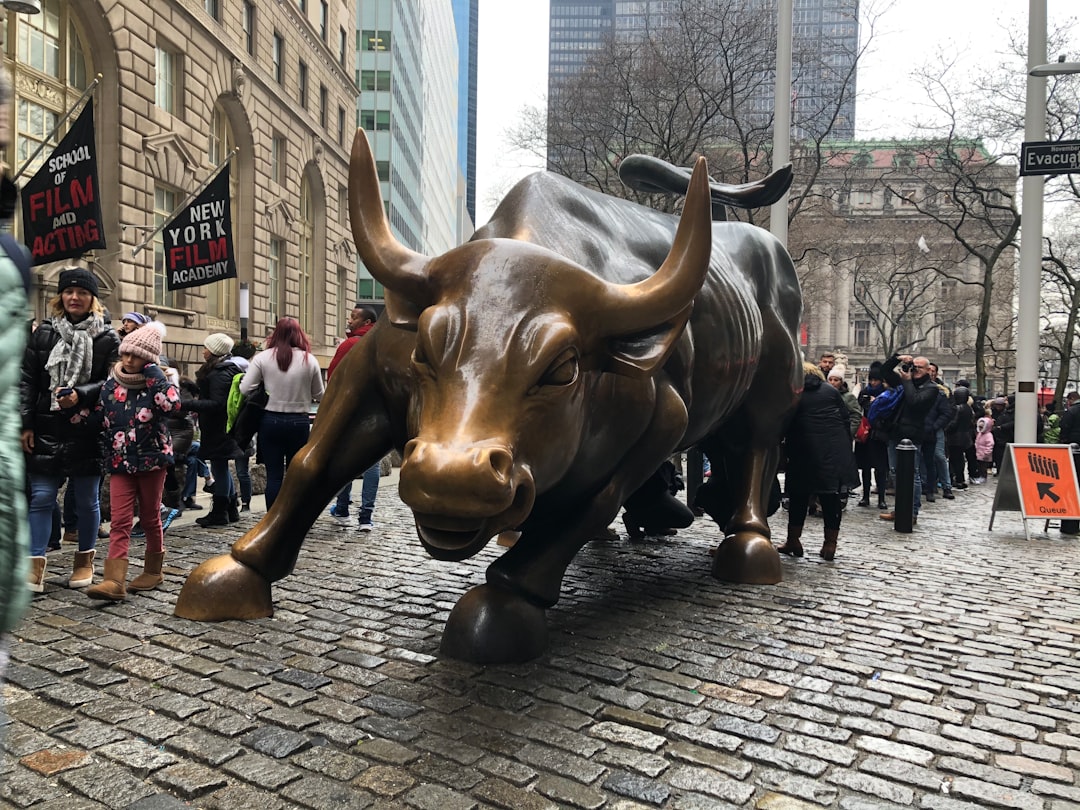Forget the Crash Warnings: Wall Street Says Powell's Rate Cut Just Unlocked a Historic Bull Market

Just when you thought the stock market couldn't climb any higher, the Federal Reserve stepped in and added a powerful dose of rocket fuel. In a widely anticipated but still impactful move, the central bank slashed its key interest rate by a quarter-point on Wednesday. Federal Reserve Chair Jerome Powell carefully framed the decision not as a panic button, but as a calculated 'risk management' adjustment aimed at providing a cushion for a softening labor market and ensuring the long-running economic expansion continues.
Far from interpreting the cut as a red flag for the economy, Wall Street's most influential strategists are practically popping champagne corks. The overwhelming sentiment is that this move solidifies the bull market's foundation and gives it a clear runway to push even further into record territory. The Fed's proactive stance is being hailed as an insurance policy against a downturn, reinforcing the conviction among analysts that the rally has plenty of room to run.
This bullish outlook isn't just based on gut feelings; it's rooted in a powerful historical precedent. Keith Lerner, the chief market strategist at Truist, has highlighted a compelling pattern from his research stretching back to the 1980s. His analysis shows that when the Federal Reserve begins an easing cycle—cutting rates—while the S&P 500 is already hovering within 3% of a record high, the market's performance over the next year is astonishing. In these specific scenarios, the index has posted further gains a staggering 90% of the time.
However, strategists are quick to point out that this is not an automatic ticket to riches. Lerner noted that the gains are often not 'linear,' meaning investors should still expect volatility along the way. The success of this historical playbook is critically dependent on two key conditions: that the rate cuts occur outside of a full-blown recession and that corporate earnings remain resilient. "Fed policy is just one input," Lerner emphasized, suggesting that as long as American companies continue to report healthy profits, the backdrop is incredibly fertile for stock market growth.
With the Fed's own projections hinting at two more potential rate reductions before the end of the year, the message to investors seems clear: the central bank is on their side. While market uncertainties always exist, the combination of an accommodative Fed and a compelling historical blueprint has given Wall Street strategists a renewed sense of confidence. The bears may have to wait, as the bull case just received its strongest endorsement yet.



